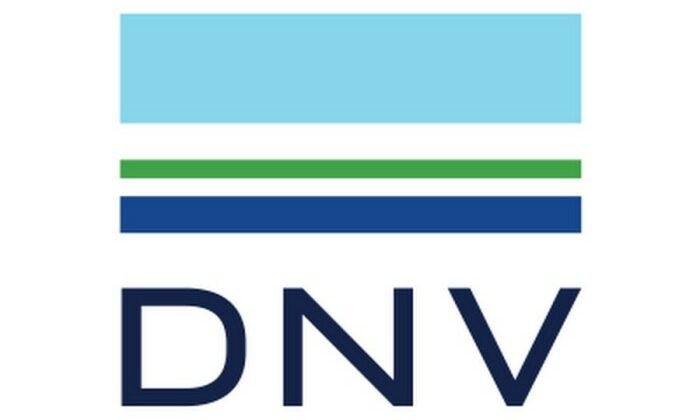
‘Collaboration is the fuel of the future’: DNV

HAMBURG : Speaking via weblink at the CMA Shipping Expo & Conference, part of North America Shipping Week, keynote speaker DNV Maritime CEO, Knut Ørbeck-Nilssen said that “collaboration was the fuel of the future”.
To achieve this the shipping industry needed to throw its weight behind an initiative laid out by the International Chamber of Shipping (ICS), to introduce a $2 levy on every tonne of fuel consumed by ships that would raise $500m a year to be devoted to research and development of zero-carbon fuelled vessels.
The ICS, which represents 80% of the global shipping industry, last month set out a plan to meet carbon neutral shipping by 2050, which includes the bunker levy proposal.
“There are several zero carbon fuel options from hydrogen to e-ammonia that all come with many technical challenges as well as risks,” said Ørbeck-Nilssen. “It’s all about collaboration. The problem is bigger than a single company,” he said.
Joint development projects and specialised decarbonisation centers will require funding and the International Chamber of Shipping plan to levy $2 per tonne to raise $500 million a year for research and development in zero carbon fuels is one global scheme that can begin the discussion around carbon emissions.”
The shipping industry, he said, needed to speed up its actions to stave off the risk of more ambitious and overly zealous regional regulators. “The International Maritime Organization is the best regulatory forum to deliver the industry to a carbon neutral future.”
He said there was an easy way to start making the much-needed inroads into greenhouse gas emissions for the industry to be able to comply with its commitment to reduce its carbon footprint by 50% before 2050.
“The fuel transition needs to start now and we believe that gas is a great place to start. The technology is trusted and working widely available across the globe and can cut CO2 emissions by up to 25%,” said Ørbeck-Nilssen.


